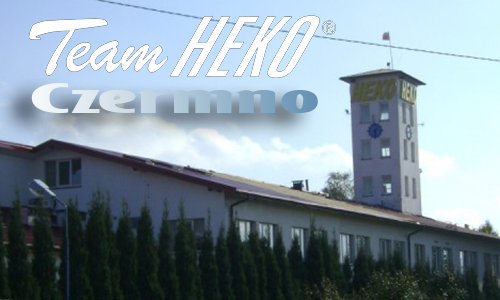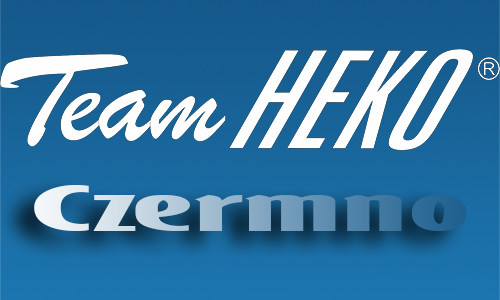Acrylic glass plates
 Acrylic glass (polymethyl methacrylate – PMMA) is a firm, transparent thermoplastic material. It is colorless, outstandingly transparent, with perfect resistance to UV radiation and external conditions. It may be dyed in order to obtain a wide range of colors and shades. A wide range of products, such as colorless and colored transparent plates, as well as plates dyed in mass, finishing of surface with gloss
Acrylic glass (polymethyl methacrylate – PMMA) is a firm, transparent thermoplastic material. It is colorless, outstandingly transparent, with perfect resistance to UV radiation and external conditions. It may be dyed in order to obtain a wide range of colors and shades. A wide range of products, such as colorless and colored transparent plates, as well as plates dyed in mass, finishing of surface with gloss
or matt create almost unlimited possibilities of usage, according to various demands of designers. It is possible to obtain almost unlimited range of light permeability and scattering.
Pure atactic acrylic glass (PMMA) is an amorphous polymer, shiny, with glossy surface, great transparency of 92% and refractive index at 1.49.
Our acrylic glass is hard, firm, and tender. Acrylic glass (PMMA) features good mechanical resistance, acceptable chemical resistance, and very high resistance to weather conditions. It also features advantageous processing properties and the capacity for thermoforming.
Thanks to its perfect optical properties, resistance to weather conditions, and processing properties, acrylic glass is used every day for various and numerous purposes. The thermoplastic nature of acrylic glass (PMMA) enables easy processing of complex and, at the same time, cheap optical elements. Reflective lenses used in the rear lights of cars are formed from PMMA through injection method.
Acrylic glass (PMMA) is used as material in protective covers for bank cashier's desks, compartments in police vehicles, panels around hockey fields, doors of vestibules, shower cabins, as well as in showcase windows.
High-quality optical elements (lenses, mirrors, prisms) are made from acrylic glass through casting and mechanical processing (turning, grinding).
Acrylic glass (PMMA) has no harmful effect on human organism. PMMA has many bio-medical applications due to its low immune response in vivo. This, almost anecdote-like, biocompatibility of PMMA with human body was confirmed during the Second World War. On some occasions, pilots of fighters returned to their bases injured i.a. by fragments of acrylic glass used for glazing of the cockpit. PMMA (acrylic glass) appeared to be inert to human body (even eyes), while fragments, which were difficult to be removed during surgery, were simply left in their place. Acrylic glass is not biodegradable, so such fragments remained in bodies of pilots for the rest of their lives, not causing any complications or inflammation.
PLEXPOL plates are produced in square shape with thickness of 2.5-10[mm] and basic dimensions:
- 1050 [mm] 1280 [mm]
- 1280 [mm] 1280 [mm]
- 2000 [mm] 1250 [mm]
PLEXPOL plates may be:
- Colorless
- Fully colored and transparent
- Fluorescent - transparent and fully covered
- Light-emitting surface – NEW
- Multi-colored – NEW
PLEXPOL plates are also available with smooth and sateen surface (the effect of matt surface). We also offer production for special orders. Material Safety Data Sheet available HERE.






